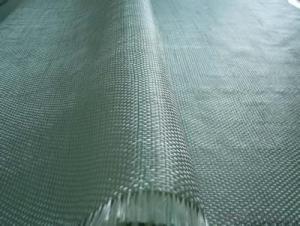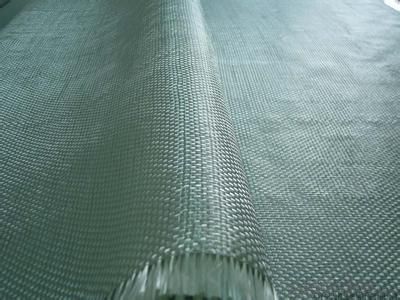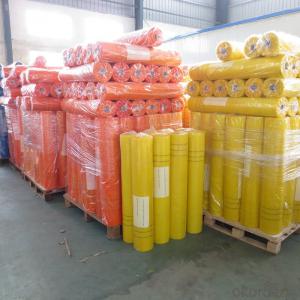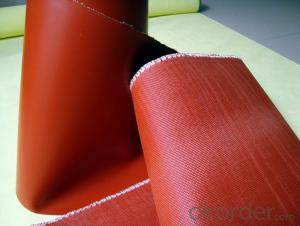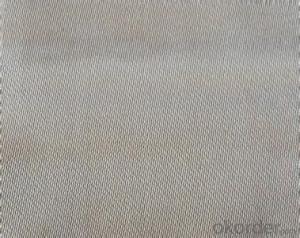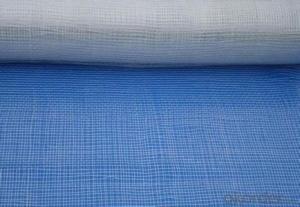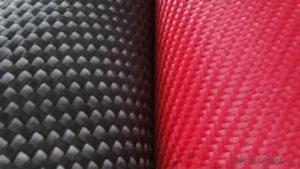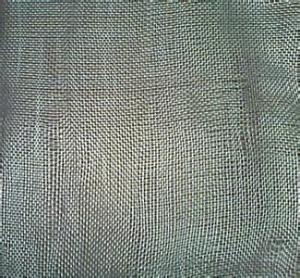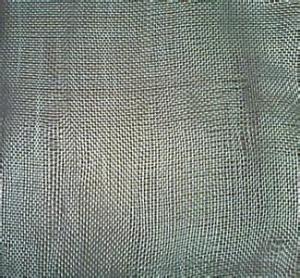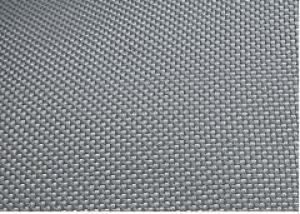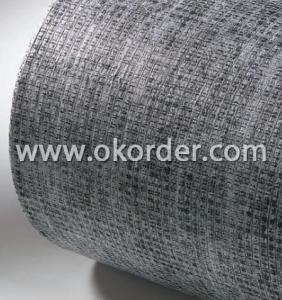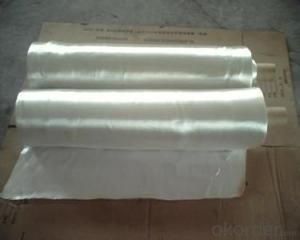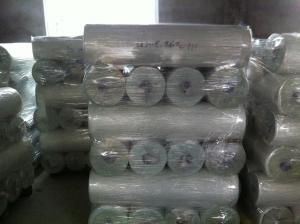High Temperature Silica Cloth CC Fiberglass Fabrics
- Loading Port:
- China Main Port
- Payment Terms:
- TT OR LC
- Min Order Qty:
- -
- Supply Capability:
- -
OKorder Service Pledge
Quality Product, Order Online Tracking, Timely Delivery
OKorder Financial Service
Credit Rating, Credit Services, Credit Purchasing
You Might Also Like
Product characteristics:
1.Good chemical stability;
2.good insulating property;
3.Good high-temperature resistance,acid resistance and erode resistance;
4.Low shrinkage and thermal conductiveity.
Product Features:
Warp and weft roving aligned in a parallel and flat manner, resulting in uniform tension.
Densely aligned fibers, resulting in high dimensional stability and making handing easy.
Good mold ability, fast and complete wet in resins, resulting in high productivity.
Good transparency and high strength of composite products.
Even thickness and flawless,low fuzz;
Easy wet out and fast impregnating;
Properties guaranteed under moisture conditon;
Excellent mechanical strength during production of finished product.
Warp and weft roving aligned in a parallel and flat manner, resulting in uniform tension.
Densely aligned fibers, resulting in high dimensional stability and making handing easy.
Good mold ability, fast and complete wet in resins, resulting in high productivity.
Good transparency and high strength of composite products.
Even thickness and flawless,low fuzz;
Easy wet out and fast impregnating;
Properties guaranteed under moisture conditon;
Excellent mechanical strength during production of finished product.
Main specification: 3788, 3784 , 3786
Content of the SiO2 >/= 96%
High Silica Fabric
1.Material : high silica fiber glass
2.Working Temperature: 1100 C
3.Fire Proof Cloth/Fabric
- Q: Can fiberglass fabrics be used for reinforcement in architectural structures?
- Yes, fiberglass fabrics can be used for reinforcement in architectural structures. They are lightweight, strong, and have high tensile strength, making them an ideal choice for reinforcing materials such as concrete or composites. Additionally, fiberglass fabrics offer excellent resistance to corrosion, fire, and chemicals, further enhancing their suitability for architectural applications.
- Q: Is fiberglass fabric suitable for use in geotextiles?
- Fiberglass fabric is indeed suitable for use in geotextiles. It possesses remarkable strength and durability, making it an ideal choice for situations that necessitate geotextiles. Geotextiles are employed in a variety of civil engineering projects to provide stability, separation, filtration, and reinforcement. Fiberglass fabric is capable of effectively fulfilling these functions due to its exceptional tensile strength, resistance to chemicals, and ability to withstand high temperatures. Moreover, it offers significant resistance to biological decay, ensuring its longevity as a geotextile material. Being non-biodegradable, it will maintain its integrity over time, guaranteeing long-term performance and stability. Consequently, fiberglass fabric emerges as a suitable and dependable option for geotextile applications.
- Q: Can fiberglass fabric be used for making tarpaulins?
- Yes, fiberglass fabric can be used for making tarpaulins. Fiberglass fabric is known for its durability, strength, and resistance to harsh weather conditions. It is commonly used in various applications, including the production of tarpaulins. The fiberglass fabric is lightweight yet has excellent tear resistance and can withstand high temperatures. It is also waterproof, making it an ideal material for protecting goods and equipment from rain, snow, and other environmental factors. Additionally, fiberglass fabric is resistant to chemicals, UV rays, and mildew, enhancing its longevity and performance as a tarpaulin material.
- Q: Can fiberglass fabric be used for making filters for air purifiers?
- Fiberglass fabric is a great choice for creating air purifier filters due to its exceptional filtration properties. This material is highly effective at capturing and trapping airborne particles like dust, pollen, pet dander, and other allergens. By using fiberglass fabric filters, you can effectively eliminate these contaminants from the air, resulting in improved indoor air quality and a healthier living environment. Moreover, fiberglass fabric is both durable and resistant to high temperatures, making it perfect for long-lasting usage in air purifiers. However, it's important to be aware that when fiberglass is damaged or mishandled, it can release minuscule particles that may be harmful if inhaled. Therefore, it is crucial to handle and maintain fiberglass filters with caution to avoid any potential health hazards.
- Q: How does fiberglass fabric perform in high-temperature environments?
- Fiberglass fabric is known for its excellent performance in high-temperature environments. It is a type of fabric made from glass fibers that are woven together to create a strong and durable material. One of the main advantages of fiberglass fabric in high-temperature environments is its ability to withstand extreme heat. It has a high melting point, typically around 1470°C (2678°F), which makes it suitable for applications where temperatures can reach very high levels. In addition to its high melting point, fiberglass fabric also exhibits excellent thermal insulation properties. It has a low thermal conductivity, meaning it resists the transfer of heat. This makes it an ideal choice for applications where heat needs to be contained or insulated, such as in the construction of fire-resistant barriers or thermal insulation blankets. Furthermore, fiberglass fabric is highly resistant to fire and does not burn easily. It is non-combustible and does not contribute to the spread of flames, making it a safe choice for high-temperature environments where fire hazards are a concern. Another notable characteristic of fiberglass fabric is its dimensional stability under high temperatures. It maintains its shape and integrity even when exposed to extreme heat, which is crucial for applications where precise dimensions are required. Moreover, fiberglass fabric is resistant to many chemicals and corrosive substances, which further enhances its performance in high-temperature environments. It can withstand exposure to acids, alkalis, and solvents, ensuring its durability and longevity even in harsh conditions. Overall, fiberglass fabric is a reliable and versatile material that performs exceptionally well in high-temperature environments. Its ability to withstand extreme heat, provide thermal insulation, resist fire, and maintain dimensional stability makes it a preferred choice for a wide range of applications in industries such as aerospace, automotive, construction, and manufacturing.
- Q: What is waterproof, one cloth, four coated?
- One cloth, four coating is a waterproof construction process, that is, a glass cloth, four times brushing cement based waterproof coating.
- Q: Is fiberglass fabric resistant to pests in agricultural settings?
- Yes, fiberglass fabric is resistant to pests in agricultural settings. Fiberglass is a material that is not attractive to pests such as insects, rodents, or birds. Its smooth, non-porous surface makes it difficult for pests to find any food, shelter, or nesting materials, which discourages them from inhabiting or damaging the fabric. Additionally, fiberglass fabric is not prone to rot, decay, or moisture absorption, further reducing the risk of pest infestation. This makes it an ideal choice for agricultural settings where pest control is crucial to protect crops and maintain a healthy environment.
- Q: Can fiberglass fabric be used for insulation in storage tanks?
- Yes, fiberglass fabric can be used for insulation in storage tanks. Fiberglass fabric is known for its excellent thermal properties, making it an ideal choice for insulation applications. It has a low thermal conductivity, meaning it can effectively reduce heat transfer, keeping the contents of the storage tank at the desired temperature. Additionally, fiberglass fabric is lightweight, flexible, and easy to install, making it a convenient option for insulating storage tanks of various shapes and sizes. It is also resistant to moisture, chemicals, and UV radiation, ensuring its durability and longevity. Overall, fiberglass fabric is a reliable and efficient choice for insulating storage tanks.
- Q: What is an electroplated glass fabric?
- Glass fiber mesh in the process of use:The lap width between the mesh is not less than 50mm, the negative corner mesh to pressure stubble lap, its width is larger than 50mm, yang angle is greater than or equal to 200mm. In the construction, mesh paving should be smooth, no wrinkles, mortar plumpness reached 100%, at the same time to find and maintain smooth, straight corner square and the verticality of yin and yang.
- Q: Can fiberglass fabric be used for boat covers?
- Yes, fiberglass fabric can be used for boat covers. Fiberglass fabric is known for its durability and strength, making it an excellent choice for protecting boats from various weather conditions. It is resistant to water, UV rays, and mildew, ensuring that the boat remains well-protected. Additionally, fiberglass fabric is lightweight and easy to handle, making it convenient for covering and uncovering boats. Furthermore, it can be easily customized to fit the specific dimensions of the boat, ensuring a snug and secure fit. Overall, fiberglass fabric is a reliable and practical choice for boat covers.
Send your message to us
High Temperature Silica Cloth CC Fiberglass Fabrics
- Loading Port:
- China Main Port
- Payment Terms:
- TT OR LC
- Min Order Qty:
- -
- Supply Capability:
- -
OKorder Service Pledge
Quality Product, Order Online Tracking, Timely Delivery
OKorder Financial Service
Credit Rating, Credit Services, Credit Purchasing
Similar products
Hot products
Hot Searches
Related keywords
